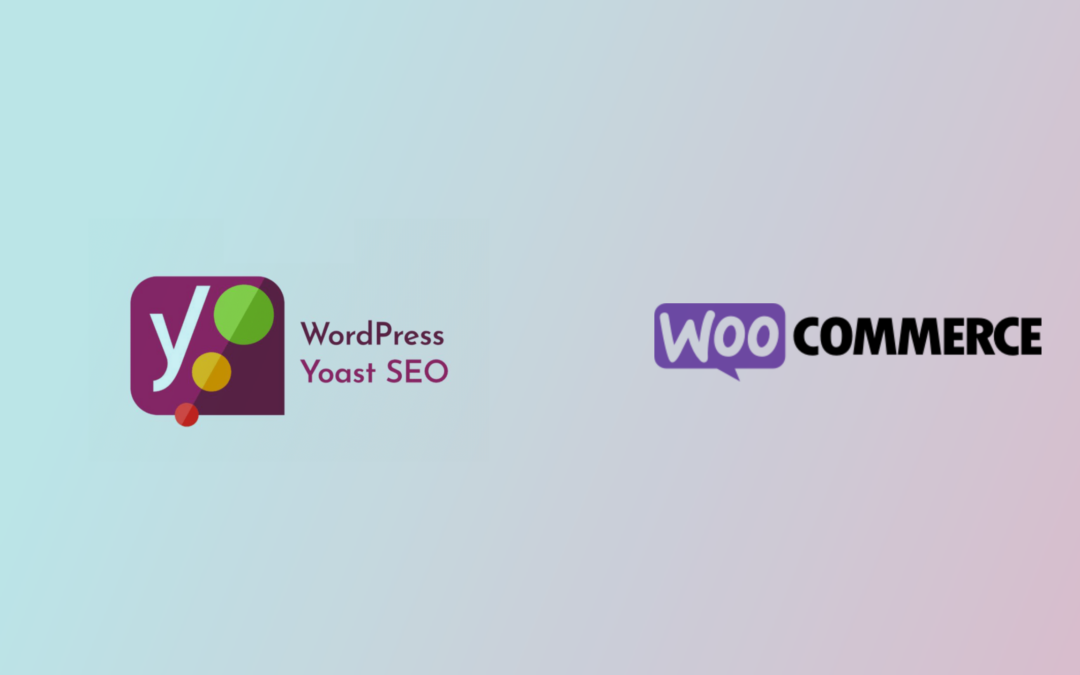Hello! Have you ever wondered how leading companies in the retail sector reach the top and maintain their position in such a competitive market? How do they identify opportunities and threats in the constantly changing business landscape? The answer is simple, and it’s called SWOT analysis. This analysis is a powerful tool that provides a clear vision of the path to follow. In this article, we will show you exactly what it is and why it is crucial for the retail sector.
Understanding SWOT Analysis
What is SWOT Analysis?
Imagine for a moment that you are playing a game of chess. In this game, you not only need to know your strengths and weaknesses but also those of your opponent. Does this sound familiar? Well, SWOT analysis is like a game of chess but in the business world.
SWOT analysis (Strengths, Weaknesses, Opportunities, and Threats) is a strategy that enables companies to understand their current position in the market. Strengths and weaknesses are internal aspects of the company, while opportunities and threats are external factors.
Why is SWOT analysis important for the retail sector?
Now that you know what SWOT analysis is, you may be wondering, “Why is it important for the retail sector?”
Well, the retail world is like an ocean teeming with sharks. Companies need to be constantly vigilant and prepared to face any eventuality. This is where SWOT analysis shines. It enables retail companies to identify growth opportunities, understand their weaknesses, leverage their strengths, and prepare for potential threats.
Moreover, with SWOT analysis, retail companies can adjust their strategies and make more informed decisions. Isn’t it amazing how much a simple tool can contribute? And it is precisely this versatility and usefulness that make SWOT analysis indispensable for any retail company aspiring to succeed in a competitive market.
A crucial part of the SWOT analysis in the retail sector is the monitoring of distributors. Distributor control allows you to ensure that your distribution network operates efficiently, preventing any issues that might arise and negatively impact your business.
Additionally, staying up to date with the latest market innovations is vital. Using first-mover technology gives you the advantage of quickly identifying emerging trends and market movements, which can be crucial for seizing new opportunities before your competitors.
Conducting a SWOT Analysis in the Retail Sector
In the retail sector, just like on a battlefield, strategy is crucial. And, surprise, surprise! SWOT analysis is your sword and shield in this battle. But how do you wield them effectively? Let us tell you:
Step 1: Identify strengths
What makes you hold your head up high when you talk about your company? Those are your strengths. Do you have an exceptional team? A prime location? Identifying what your company does well is like discovering gems in a mine; it provides valuable resources to overcome obstacles.
Step 2: Recognize weaknesses
Yes, we know. No one likes to talk about their shortcomings, but you know what? Recognizing weaknesses is essential. Do you have inventory problems? Difficulties retaining staff? By facing your weaknesses, you can develop a plan to transform them into strengths.
Step 3: Explore opportunities
Imagine yourself as an explorer searching for treasures. In the business world, opportunities are those hidden treasures. Is there a new emerging market? Technologies that could enhance your business? Keep your eyes wide open and your adventurous spirit to discover these golden nuggets.
Step 4: Analyze threats
What if we told you that a fortune teller could reveal the dangers that lie ahead? Well, we don’t have fortune tellers, but analyzing threats is almost like having one. New competitors? Regulatory changes? By understanding what lies ahead, you can fortify your defenses and be ready for the battle.
Factors to Consider in a Retail SWOT Analysis
In this game of business chess, there are many pawns and pieces to consider. Here are some key factors:
Internal factors
Let’s take a moment to consider the DNA of your company. Internal factors are the genes that make your business unique. What is your team like? What technologies do you utilize? This knowledge helps you develop a strategy that aligns perfectly with your organization.
External factors
The world is full of surprises, and the business environment is no exception. External factors are those unpredictable elements that can change the game. What is the market like? Are there any legislative changes on the horizon? Keep your senses sharp to stay one step ahead.
5 examples of Strengths in the Retail Sector
To give you a clearer understanding, here are some examples of strengths in the retail sector:
Strong brand reputation
Have you ever wondered why people are willing to wait in long queues for the latest iPhone? It’s the power of the brand. A strong brand reputation can be an unbeatable strength in the retail sector.
Efficient supply chain management
In a world where instant gratification is the norm, efficient supply chain management can make a significant difference. Customers don’t want to wait, and if you can provide them with what they want when they want it, that is a great strength.
Wide range of product offerings
Variety is the spice of life, and this principle applies to the retail world as well. Can you offer your customers a wide range of products to choose from? Then you possess a valuable strength.
5 examples of Weaknesses in the Retail Sector
In the retail sector, just like in any other industry, there are weaknesses that can present challenges. Let’s take a look at some examples:
Limited online presence
Many traditional retailers, like John Lewis, have faced difficulties in competing in the digital market. A limited online presence can result in missed sales opportunities and a narrower market reach.
High employee turnover
The retail sector is known for its high employee turnover rates. Companies like Tesco have worked hard to address this issue by investing in employee retention programs and competitive employee benefits.
Inadequate inventory management
Companies such as Primark have encountered difficulties due to inadequate inventory management. Insufficient products on the shelves can lead to lost sales and customer dissatisfaction.
Lack of product differentiation
In a saturated sector, lack of product differentiation can be a significant weakness. Companies like ASOS have successfully avoided this trap through their focus on offering unique and trendy fashion items.
Poor customer service
Poor customer service can be detrimental in any industry, and especially in retail. A negative customer experience can drive customers away and damage the reputation of the brand. We’ve all heard stories of dissatisfied customers who decide never to return to a store due to poor service.
Identifying Opportunities in the Retail Sector
Although weaknesses can be discouraging, opportunities always exist to overcome them and thrive. Here are some examples:
Emerging market trends
The evolving market always presents new opportunities. Keeping track of the latest trends enables you to adapt to changing consumer demands and keep your business at the forefront.
Technological advancements
Technology continues to advance rapidly, and with it come new opportunities to enhance your retail operations, offer superior customer experiences, and outperform your competitors.
Strategic collaborations
Strategic collaborations can open doors to new opportunities. Whether it is expanding your market reach, improving your supply chain, or even developing new products, partnerships can be an excellent way to enhance your business.
5 Tips for Effective SWOT Analysis in the Retail Sector
Preparing for a SWOT analysis may seem like a daunting task. However, with the following tips, you can conduct an effective and valuable analysis for your business:
Gather relevant data and information
The first step in conducting an effective SWOT analysis is to gather all relevant data and information. Without a clear understanding of your current business situation, any strategy or decision will lack a solid foundation. Companies like Amazon constantly collect data on customer preferences to quickly adapt their product offerings.
Involve key stakeholders
Conducting a SWOT analysis should not be done in isolation. Involve all key stakeholders, from front-line employees to top executives. For example, Nike often engages employees at all levels in their decision-making processes, allowing them to leverage diverse perspectives.
Focus on actionable insights
What good is an analysis if you cannot take action on it? It is crucial that the SWOT analysis translates into concrete actions. The retailer Sephora, for example, identified an opportunity in the growing beauty subscription box market and launched their own subscription service, resulting in increased customer loyalty.
Regular and ongoing analysis
The market and the retail industry are constantly evolving, which is why your SWOT analysis cannot be a one-off event. Companies like H&M conduct regular analyses to stay updated and adapt quickly to changes in the business environment.
Consider the customer perspective
Lastly, do not forget your customers. They are at the core of your business. By understanding their needs and preferences, you can make informed decisions and provide exceptional customer experiences. Retailers like Apple prioritize customer-centric approaches to drive loyalty and satisfaction.
Conclusion
In the fast-paced and competitive world of retail, an effective strategy can make all the difference. Throughout this article, we have explored the different aspects of SWOT analysis and how its implementation can be a powerful tool for retailers.
Identifying internal strengths and weaknesses, along with recognizing external opportunities and threats, empowers retailers to strengthen their value proposition and ensure their competitiveness. Let us remember companies like ASOS and Tesco, which have maximized their strengths, capitalized on opportunities, minimized their weaknesses, and navigated potential threats.
FAQs (Frequently Asked Questions)
Why is SWOT analysis important for the retail sector?
SWOT analysis provides a clear understanding of a company’s internal strengths and weaknesses, as well as external opportunities and threats. It is a vital tool for strategic planning and growth in the retail sector.
How can a SWOT analysis benefit your retail business?
A SWOT analysis helps retail businesses identify areas for improvement, discover new growth opportunities, and prepare for potential threats in the market.
What are some examples of strengths in the retail sector?
Strengths in the retail sector can include a strong brand presence, efficient supply chain management, and excellent customer service.
What are common weaknesses observed in retail businesses?
Common weaknesses in retail businesses can include limited online presence, high employee turnover, and inadequate inventory management.
How can retailers identify opportunities in the market?
Retailers can identify opportunities in the market by tracking emerging trends, embracing technological advancements, and forging strategic partnerships.
What external factors should retailers consider in a SWOT analysis?
External factors to consider include market conditions, regulatory changes, emerging consumer trends, and technological advancements.
How do technological advancements impact the retail sector?
Technological advancements have a profound impact on the retail sector, from enhancing operational efficiency to creating new avenues for sales, marketing, and customer engagement.
What are some potential threats faced by retail businesses?
Potential threats to retail businesses can include intense competition, shifts in consumer preferences, and economic fluctuations.
How can retailers gather relevant data for a SWOT analysis?
Retailers can gather relevant data by conducting market research, collecting customer feedback, and analyzing operational and financial metrics.
Why is involving key stakeholders crucial in the analysis process?
Involving key stakeholders ensures diverse perspectives, secures support for strategy implementation, and fosters better decision-making in the organization.
The fastest monitoring and dynamic pricing platform worldwide
Boardfy allows you to monitor your competitors or distributors, make automatic price changes, optimize your Google Shopping campaigns, and much more.
7-days free trial. No credit card required.







